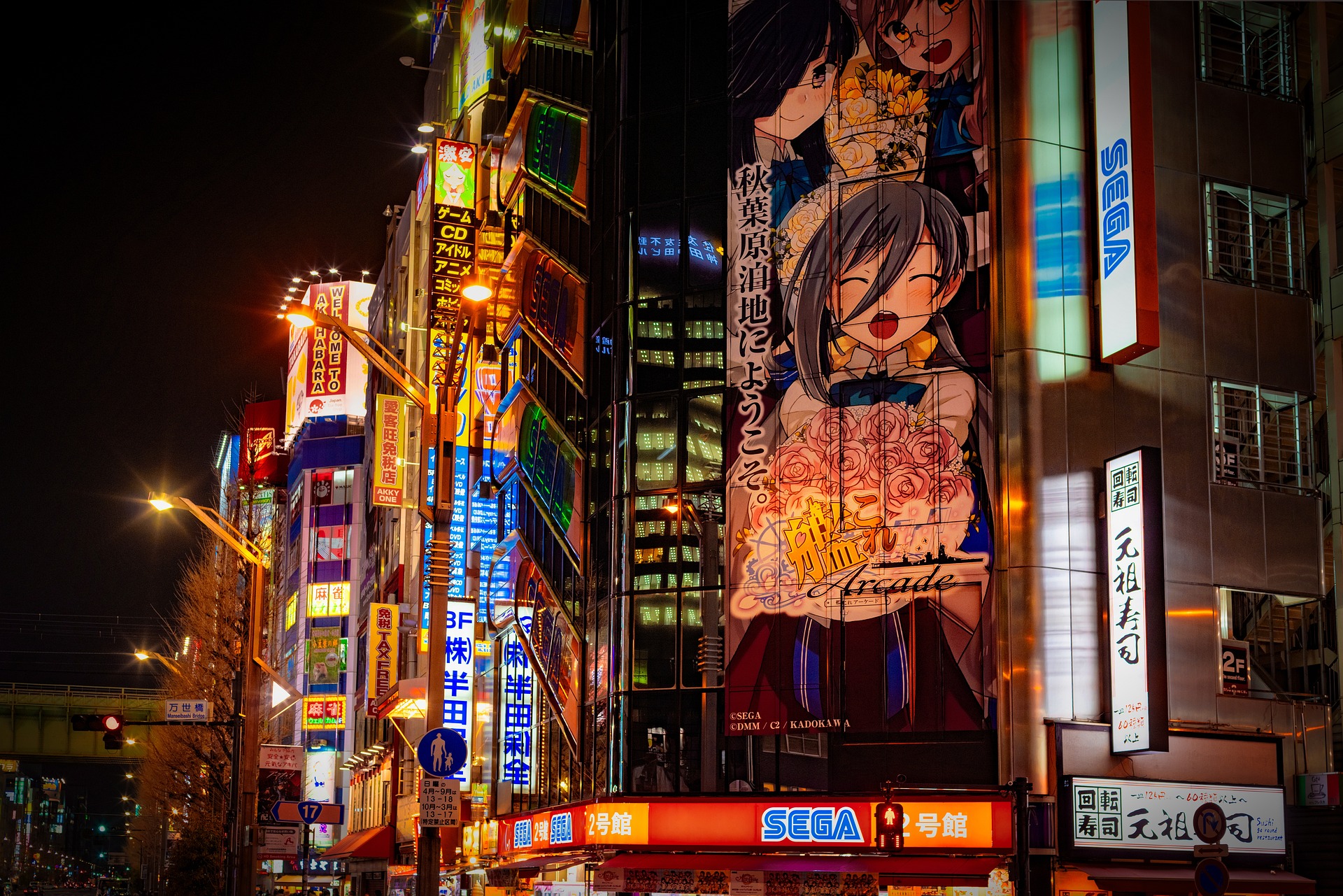Reframing Reality: A New Age in Animation
Animation has been a powerful storyteller in the realm of arts and entertainment. Its advancement is not just limited to technology, but also the evolution of storytelling and cultural contexts. Read below to explore how animation is reframing reality in this new age.

Animation Beyond Kids’ Entertainment
Animation has long been perceived as a genre primarily for children. However, it has evolved significantly, pushing boundaries and exploring themes and narratives that resonate with adult audiences. Series like “BoJack Horseman” and “Rick and Morty” are examples of animation aimed at mature audiences, dealing with complex themes such as mental health, existentialism, and societal issues.
Technology and Animation
The advancement of technology has played a significant role in the evolution of animation. From the introduction of 3D animation to the use of virtual reality, technology has expanded the possibilities of animation. It has allowed creators to experiment with visual aesthetics, creating more immersive and visually striking experiences. Films like “Spider-Man: Into the Spider-Verse” showcased the potential of blending traditional hand-drawn animation with 3D animation.
Cultural Diversity in Animation
Animation has also become a medium to represent diverse cultures and narratives. Studios are now telling stories from different parts of the world, breaking the stereotypical Western-centric narratives. Films like “Coco” and “Moana” reflect this trend, showcasing stories and cultures that were previously underrepresented in mainstream animation.
Animation as Social Commentary
Animation has also become a platform for social commentary. Animators are using the medium to reflect on societal issues, from politics to environmental concerns. This is seen in films like “Wall-E,” which uses a futuristic dystopia to comment on consumerism and environmental degradation.
Animation and Mental Health
Animation has started to explore mental health issues, breaking the stigma associated with it. Series like “BoJack Horseman” and films like “Inside Out” use animation to depict mental health struggles in a nuanced and empathetic manner. This trend indicates the maturation of the genre and its potential to engage with serious, real-world issues.
Useful Tips and Facts: - Animation is not just for kids; it can tackle mature themes and narratives. - Advances in technology have broadened the scope of animation, from storytelling to visual aesthetics. - Animation has become more inclusive, representing diverse cultures and narratives. - The medium is increasingly used for social commentary, reflecting on societal issues. - Animation is breaking the stigma around mental health, portraying it in a nuanced and empathetic manner.
Conclusion: Animation is evolving, breaking free from its traditional confines to explore new territories in storytelling, representation, and cultural commentary. This evolution is not just reshaping the genre but also broadening the scope of arts and entertainment, proving that animation is more than just a medium—it’s a powerful tool that can reframe our understanding of reality.




